Aditya L1: Launch date, cost, mission objectives and much more
The Indian Space Research Organisation (ISRO) is gearing up to launch its first-ever space-based solar observation mission. Called the Aditya L1 mission, here is its launch date, cost and much more.
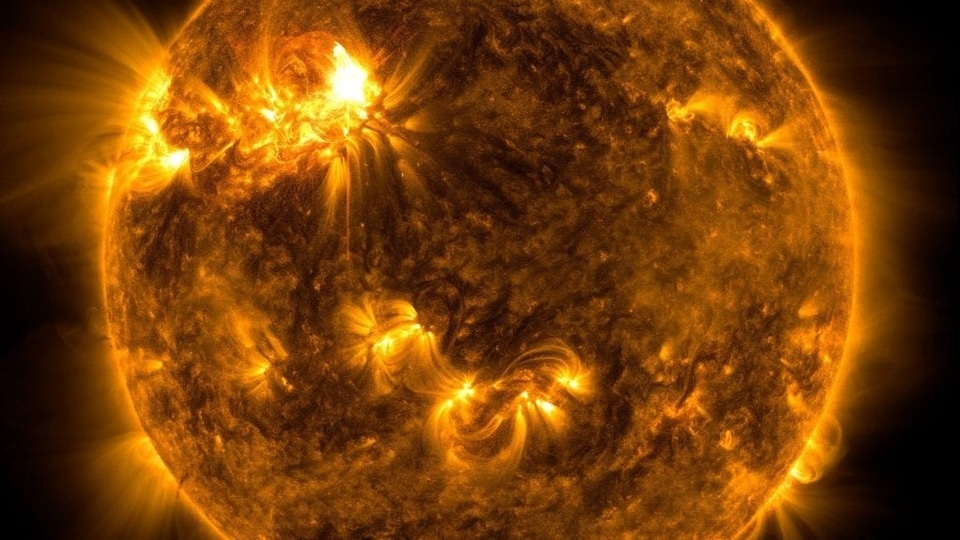
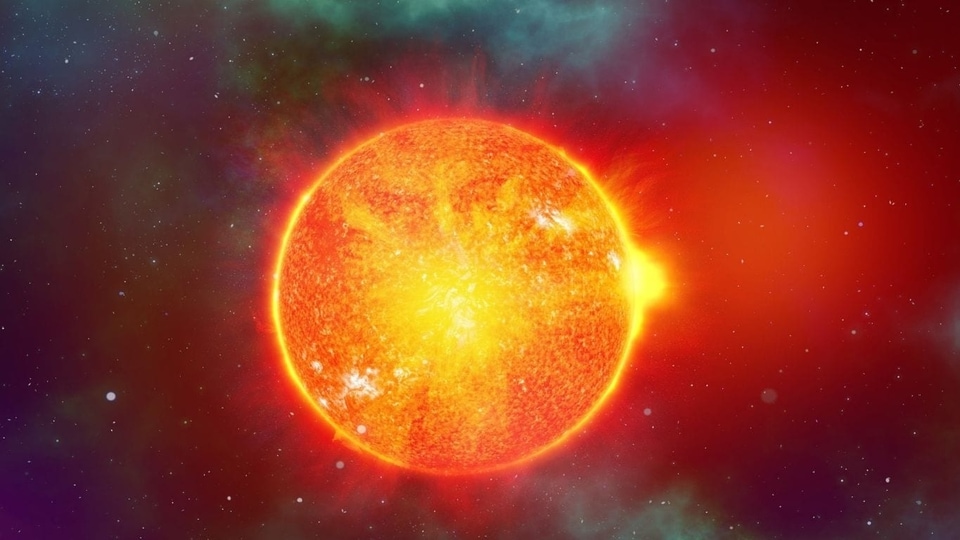
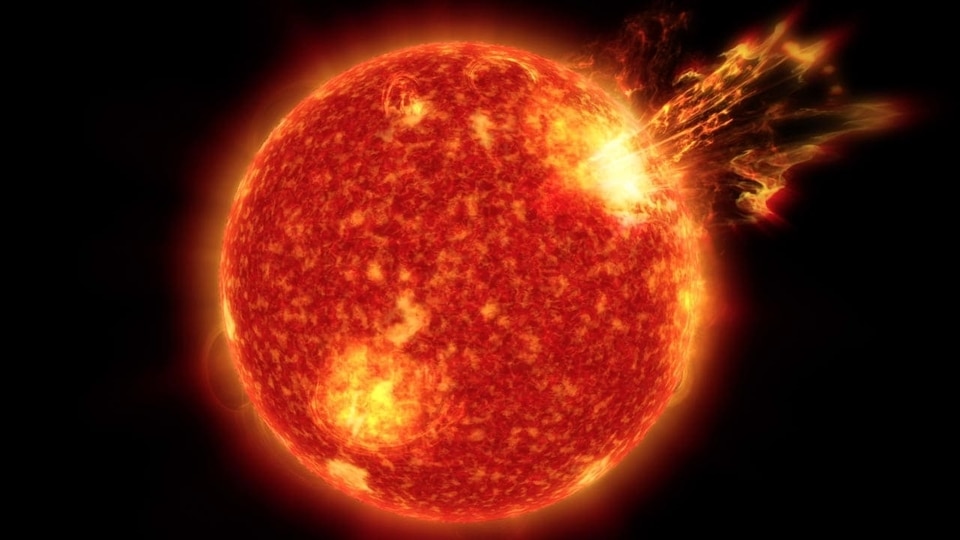
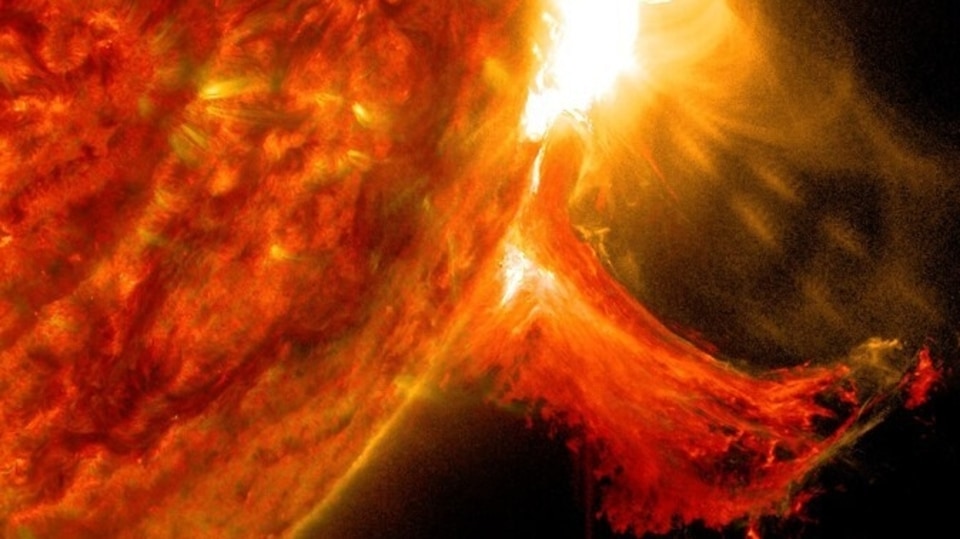

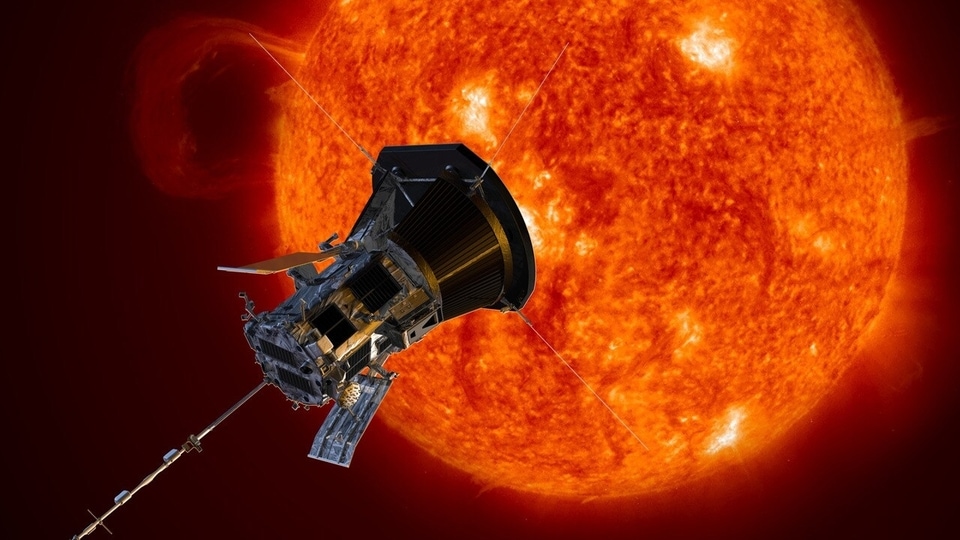
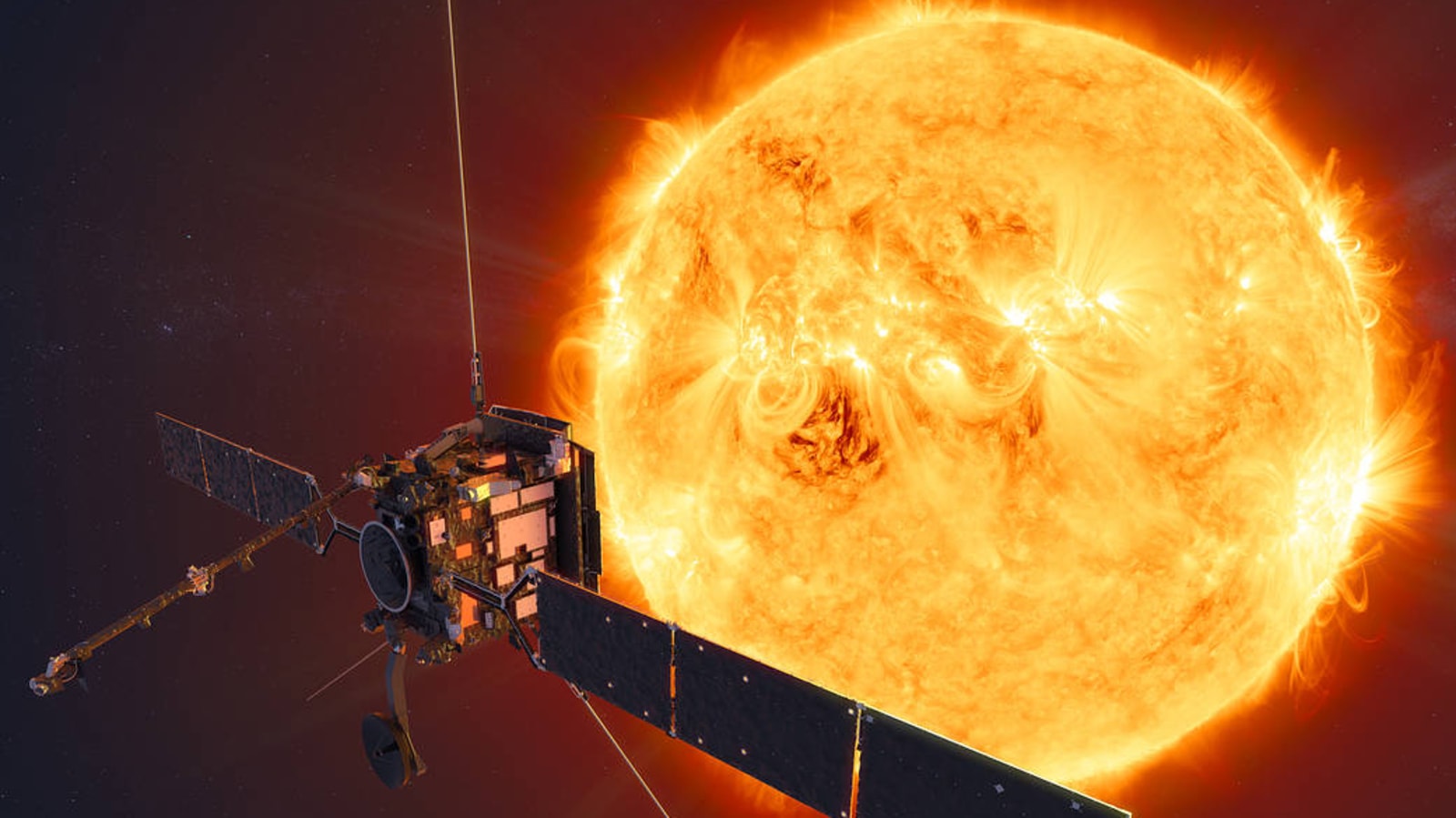
 View all Images
View all ImagesIndia has achieved a historical milestone in the field of space and technology with the successful landing of Chandrayaan- 3 lander and rover on the South Pole of the Moon. Now, the Indian Space Research Organisation (ISRO), has moved on to its next space adventure. This time ISRO is not targeting the Moon, but the Sun. ISRO is gearing up to launch its first-ever space-based solar observatory spacecraft, the Aditya L1 mission. This ambitious endeavor aims to shed light on various aspects of solar activities and their effects on space weather, providing invaluable insights into the behavior of our Sun. Check out below Aditya L1 launch date, cost, and much more.
Aditya L-1 Launch date
India's first-ever Solar mission, Aditya L1, is set to take off on September 2, 2023. The success of Chandrayaan-3 has certainly increased the confidence of ISRO scientists and the same bodes well for its first Solar mission.
Aditya L1 Cost
The Indian government has sanctioned an approximate budget of Rs. 368 crore for the Aditya L1 mission, according to Indiatimes. However, ISRO has not released an official statement on the total budget of the mission.
About Aditya L1 mission objectives
Aditya L1 spacecraft has been developed at the UR Rao Satellite Centre in Bengaluru. It has completed its journey to the Satish Dhawan Space Centre in Sriharikota, Andhra Pradesh, where it is now resting on the launch pad, eagerly awaiting its historic journey into space.
According to ISRO, the Aditya L1 spacecraft shall be positioned in a halo orbit around the Lagrange point 1 (L1) of the Sun-Earth system. It is approximately 1.5 million kilometers away from Earth. As ISRO explains, if a satellite is placed in the halo orbit around the L1 point, it can continuously observe the Sun without any eclipses. This mission will provide a wide scope to study the Sun, to observe its activities and its effects on space weather, that too in real-time.
The Aditya L1 spacecraft consists of seven payloads to study the photosphere, chromosphere, and the outermost layers of the Sun with the help of electromagnetic and particle, and magnetic field detectors.
With the help of the Aditya L1 mission, scientists can get access to the most crucial information to understand the problem of coronal heating, coronal mass ejection, pre-flare and solar flare activities, and their characteristics, dynamics of space weather, propagation of particles and fields.
Catch all the Latest Tech News, Mobile News, Laptop News, Gaming news, Wearables News , How To News, also keep up with us on Whatsapp channel,Twitter, Facebook, Google News, and Instagram. For our latest videos, subscribe to our YouTube channel.































